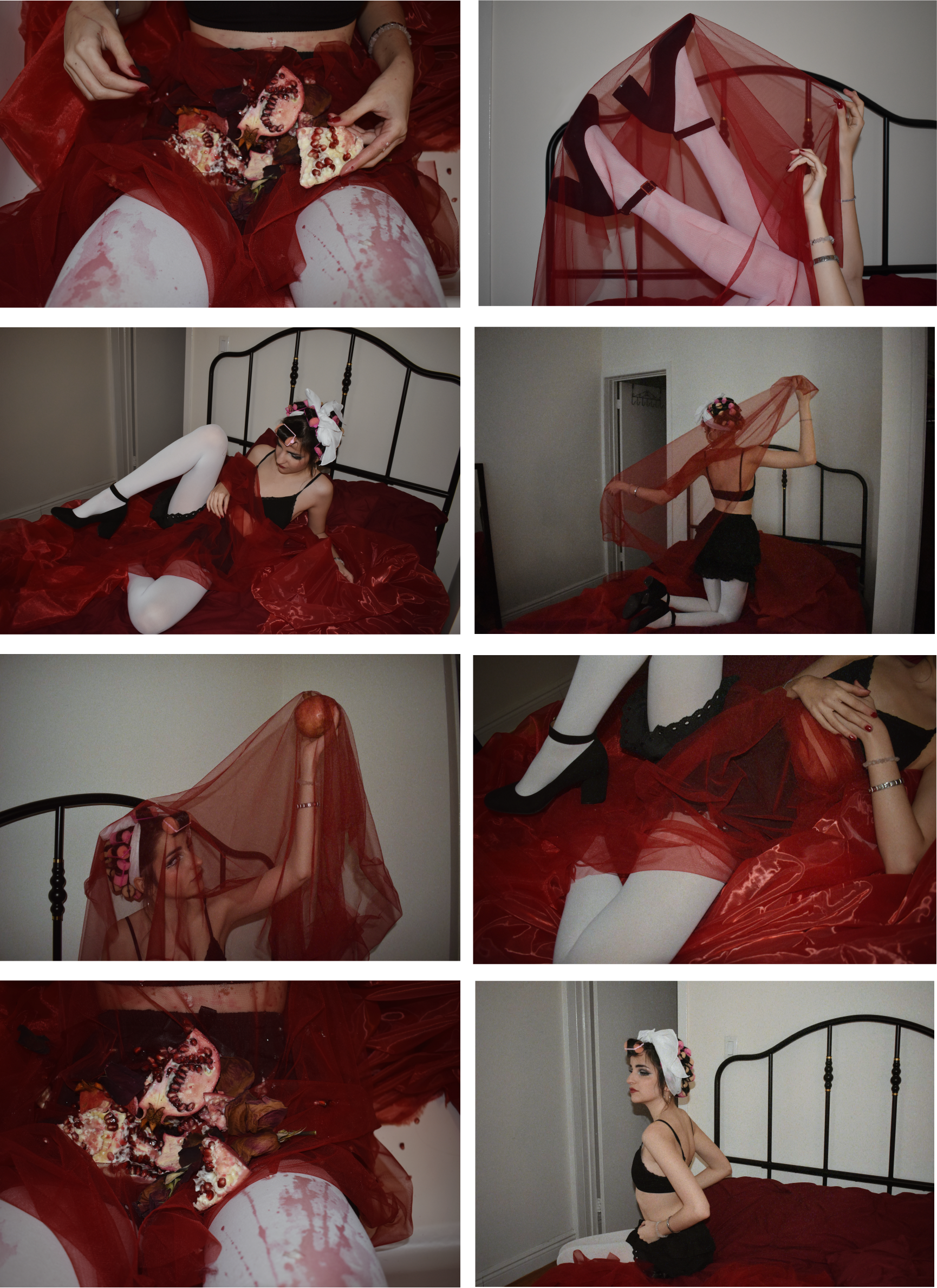02.2024
The “Paint the Town Red” multimedia campaign is dedicated to addressing the critical issue of period poverty. Through a powerful series of three posters and an evocative short film, the campaign strives to illuminate the struggles of individuals experiencing menstrual inequality while urging society to take meaningful action. By using a vibrant pink and red color palette alongside a dynamic mix of feminine and assertive typography, this campaign is designed to captivate viewers and provoke thought, all while promoting systemic change and menstrual equity.
Each of the three posters in the campaign draws upon diverse painting techniques, blending abstraction and realism to depict the multifaceted impacts of period poverty. These visual narratives highlight the urgency of the issue, offering both educational insight and an emotional call for action. With strong imagery and poignant symbolism, the posters aim to create a visual dialogue that encourages empathy and ignites a passion for change, with a clear message that menstrual equity is a human right.

The campaign’s short film tells the intimate story of a girl slicing into a pomegranate, with the fruit acting as a metaphor for menstruation. As she cuts, eats, and interacts with the pomegranate, the film subtly explores themes of empowerment, resilience, and the connection between nourishment and the cycle of life. The symbolism of the pomegranate, known for its richness and vitality, speaks to the strength and complexity of menstruation, while challenging the stigma that surrounds it. Through this piece, the film aims to provoke thought and stir action toward a more inclusive society.
In addition to the posters and short film, the ongoing photography series deepens the narrative of “Paint the Town Red.” This series captures raw, emotional moments that expand on the story of period poverty, continuing to explore themes of inequality, resilience, and the human experience. The photographs provide a tangible connection to the campaign’s message, inviting viewers to reflect on the realities of menstruation and its impact on those who struggle without access to proper care and resources. Through powerful imagery, this series further amplifies the call for menstrual equity.
